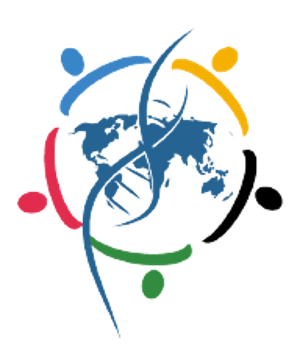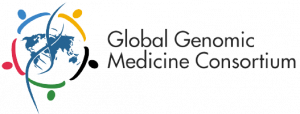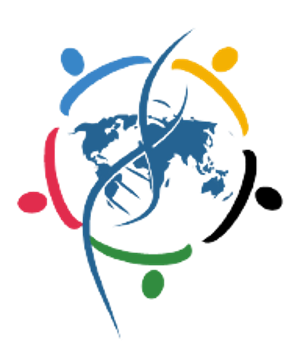Register here for "Doing better where it counts: Bringing rare disease care to underserved populations" by Science/AAAS
G2MC members are invited to join Science/AAAS’s all virtual “Doing better where it counts: Bringing rare disease care to underserved populations.”
This Webinar hopes to highlight the following:
- Obstacles encountered during the diagnostic odyssey for patients with rare disease
- Outline the hardships faced specifically by underserved populations based on factors like geography, access to care, and systemic racism
- Discuss new technology-based solutions and other opportunities to address and alleviate some of these hardships
Overview
The plight of patients with rare diseases is a critical, unmet need in global health care. The statistics are frightening: There are over 8,000 rare diseases in the world that affect 350 million people. Only half of rare disease patients ever receive an accurate diagnosis, and one in four patients with a rare disease waits over 4 years for an accurate diagnosis. There is an urgent need to better understand the barriers to shortening this diagnostic odyssey.
Diagnosing and treating rare diseases often necessitates highly specialized medical teams, high-tech diagnostic equipment, and uncommon, expensive therapies. Lack of access to health care for patients with rare diseases is yet another barrier to diagnosis. Consider the fate of a child born with a rare or ultrarare disease in sub-Saharan Africa or an underserved Native American population. Setting aside the social and financial barriers to fulfilling basic needs, it is highly likely that they have negligible access to dedicated rare disease health care teams.
However, we are on the brink of new solutions that include accessing specialized care through telemedicine, diagnosis through mail-in specimens, and computer-aided remote phenotyping. This webinar discusses how new systems and technologies can close the chasm that prohibits those with rare diseases living in underserved countries and communities from getting critically needed care.
The Webinar will take place Thursday, August 18th at Noon EST.






